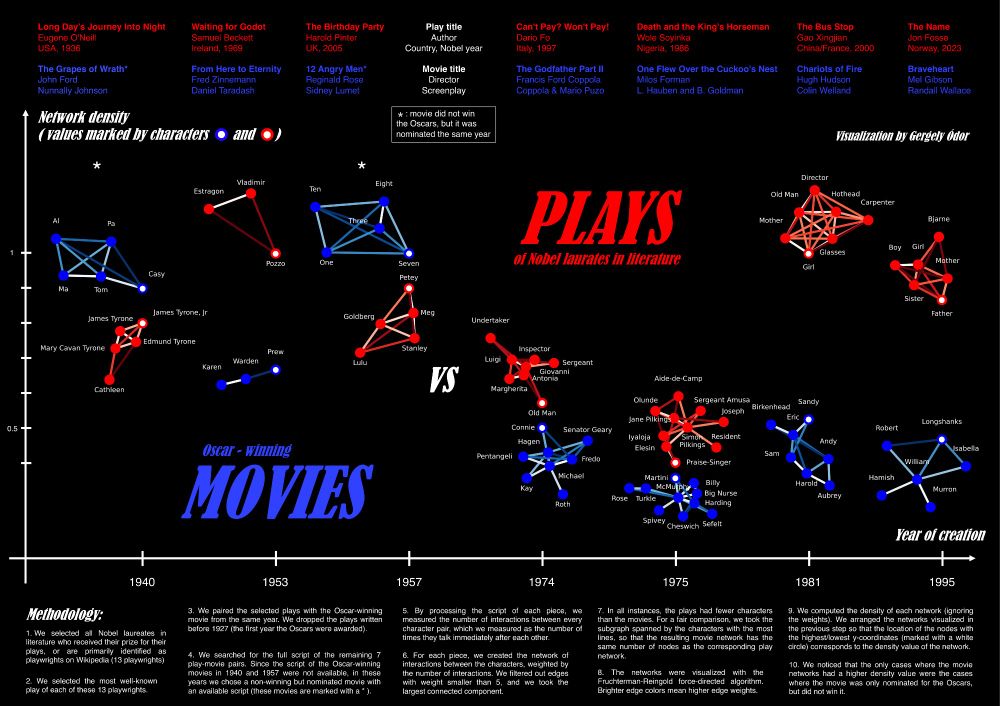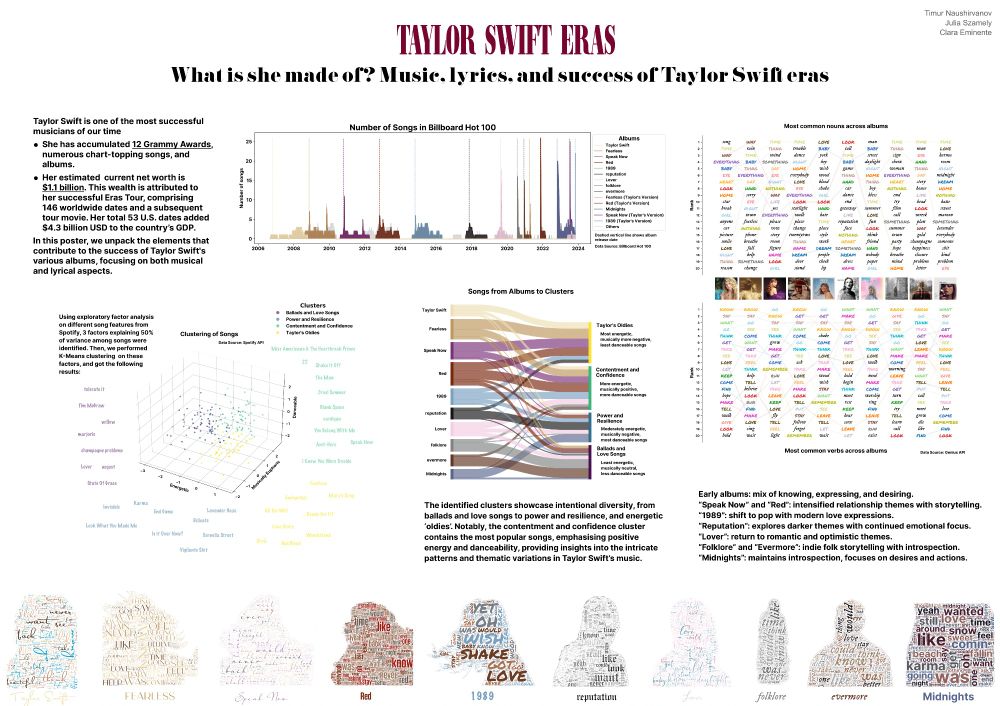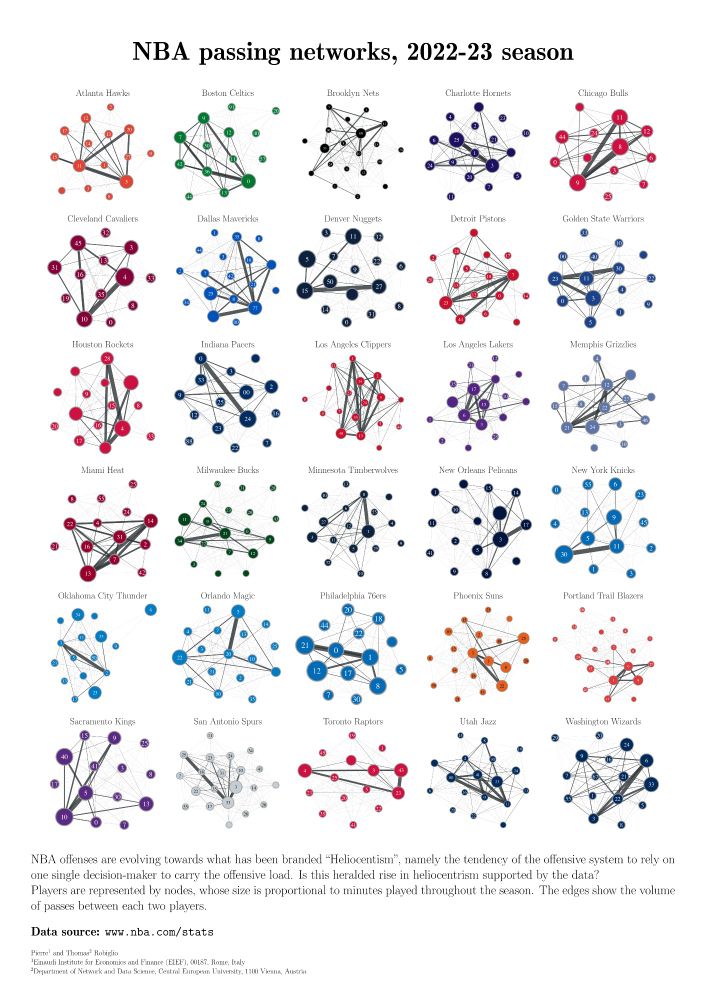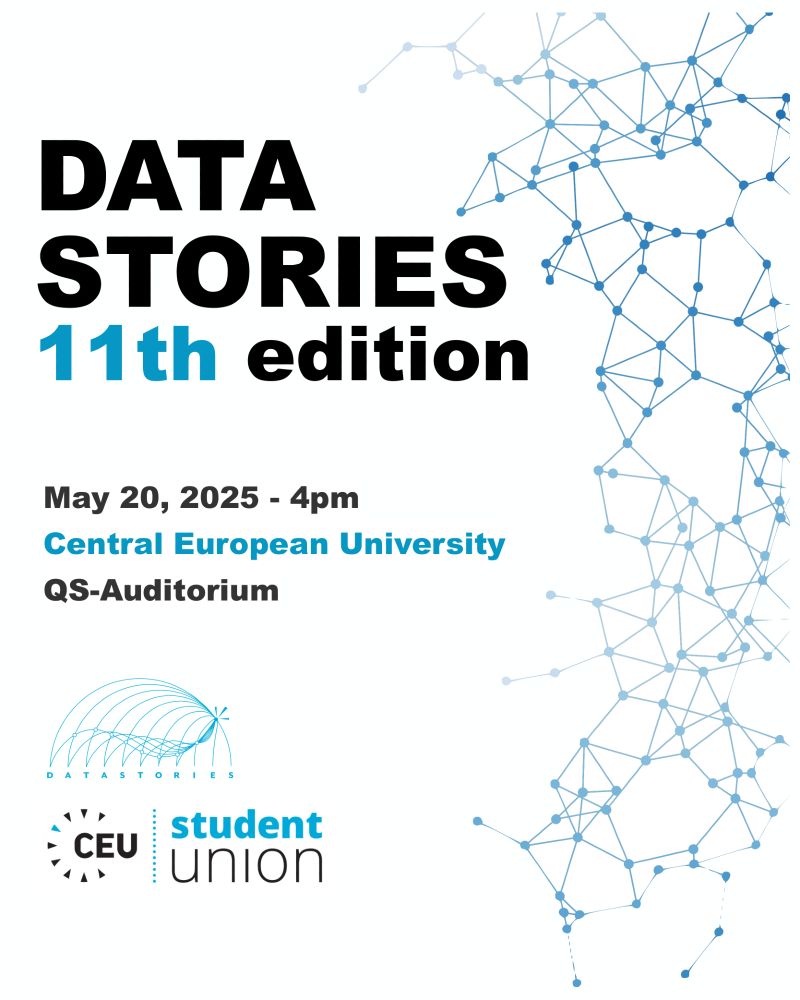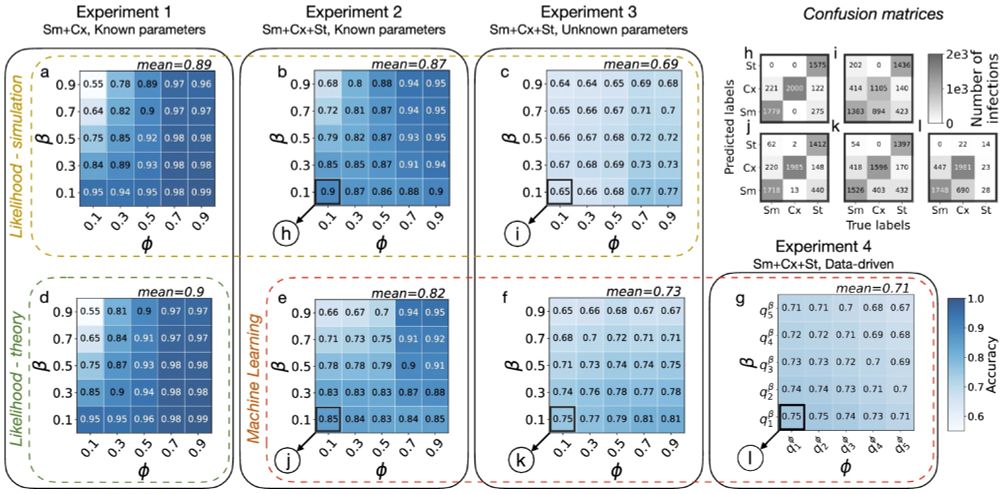Gergely Odor
@odorg.bsky.social
32 followers
66 following
20 posts
FWF Cluster of Excellence Postdoc at the Bergthaler Lab
https://gergelyodor.com/
Posts
Media
Videos
Starter Packs
Pinned
Gergely Odor
@odorg.bsky.social
· May 22

Epidemic-induced local awareness behavior inferred from surveys and genetic sequence data - Nature Communications
Local and adaptive preventive behaviour influenced the spread of the COVID-19 pandemic. Here, the authors investigate whether genomic data can reveal this behavioural impact on epidemic dynamics.
www.nature.com
Gergely Odor
@odorg.bsky.social
· May 22
Gergely Odor
@odorg.bsky.social
· May 22
Gergely Odor
@odorg.bsky.social
· May 22
Gergely Odor
@odorg.bsky.social
· May 22

Epidemic-induced local awareness behavior inferred from surveys and genetic sequence data - Nature Communications
Local and adaptive preventive behaviour influenced the spread of the COVID-19 pandemic. Here, the authors investigate whether genomic data can reveal this behavioural impact on epidemic dynamics.
www.nature.com
Gergely Odor
@odorg.bsky.social
· May 22
Gergely Odor
@odorg.bsky.social
· May 22
Gergely Odor
@odorg.bsky.social
· May 22
Gergely Odor
@odorg.bsky.social
· May 22
Gergely Odor
@odorg.bsky.social
· May 22
Gergely Odor
@odorg.bsky.social
· May 22
Gergely Odor
@odorg.bsky.social
· May 22
Gergely Odor
@odorg.bsky.social
· May 22
Gergely Odor
@odorg.bsky.social
· May 22
Reposted by Gergely Odor
Reposted by Gergely Odor
Gergely Odor
@odorg.bsky.social
· Mar 27

Epidemic paradox induced by awareness driven network dynamics
Epidemic spreading and adaptive self-protection behaviors are inherently coupled processes. Epidemic dynamics is studied in scale-free networks with local awareness behavior adopted by only susceptibl...
journals.aps.org
Reposted by Gergely Odor



